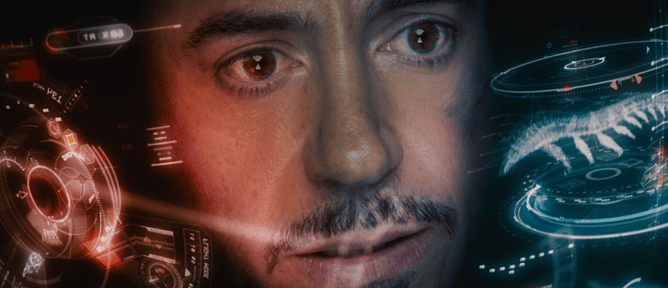Reality check for Smartglasses
Anyone following this year's announcements at CES (Consumer Electronics Show), Las Vegas, will have noticed the event was overflowing with smartglasses.
There were new products from well-known companies like Vuzix, Epson and Samsung and a whole load of new entries such as ThirdEye and Lucyd. All of these products promise the consumer the superhuman-like ability to see information in their eye-line that would otherwise be invisible.
Some, like Solos, are aiming at the sports market, others such as Lenovo are concentrating on the industrial sector and Samsung has laudably focused its Relumino product on those with vision impairments.
Two distinct technologies
In terms of technology the smartglasses on offer can be divided into two main categories:
- see-through lenses with a projected display, like the Vuzix Blade (image above)
- micro-displays that sit in front of your eye ie: Lenovo’s C220 (image below).
See through displays
Since the experiment that Google ran with its Glass product most consumers favour the kind of display that appears as a see-through lens because of the obvious issues related to having an obstruction in your field of view.
These seemingly magical see-through displays are usually based on a holographic waveguide which is much more natural to use but comes at a price.
Voice controlled smartglasses
Vuzix arguably received the greatest attention at CES2018 with its Blade smartglasses. Not only has the company performed miracles in terms of miniaturizing the tech into one of the smallest form factors on the market, Vuzix has been quick to integrate Alexa powered voice control. This comes from the recognition that interacting with a computer on your head is fraught with difficulties.
Competing with today's stylish glasses
Whilst usability is one of the major obstacles smartglass companies have to overcome, there is another serious challenge to widespread adoption.
Think about recent adverts you've seen for designer spectacles available today. Decades of innovation resulting in lighter, stronger more stylish glasses frames has resulted in customers becoming used to eyewear that is unobtrusive and comfortable. Some people will purchase bold framed glasses with zero prescription, simply because of style.
Until the technology required can fit into the kind of frame that users are familiar with, smartglasses need to offer significant benefits to the user, to compensate. This is probably why industrial applications such as remotely supervised maintenance has seen the greatest uptake.
Tony Stark and Iron Man's heads up display
I believe that widespread adoption of smartglasses has also been impacted by the way in which companies are presenting their products to consumers. Most manufacturers are using simulated animations to demonstrate how the display appears, whilst wearing their glasses. But almost without exception these simulations use significant amounts of ‘artistic license’, especially when it comes to the field of view and are not far off emulating the special effects created for Iron Man's heads up display.
Don’t expect to put on a pair of smartglasses and see augmented reality graphics in your entire viewing area. Instead, it is more likely that you will see the display as a kind of letterbox in your eye-line.
So, what are the killer applications for smartglasses that could change all this? It helps to start by thinking of the situations in which you might benefit from the technology:
- You need to be hands-free
- Information is linked to your physical context
- Acting on the information requires minimal interaction
Using smartglasses underwater
Several years ago, the team at The Imagination Factory recognised that swimming presents this kind of opportunity. So, we have been working on building a holographic waveguide display from Sony into a product that attaches to a regular pair of goggles.
You can find out more about the story behind this exciting new product, here and you can stay updates with our developments by signing up for news and ‘liking’ the SwimAR facebook page to draw in updates to your Facebook feed.
You can find out more about the story behind this exciting new product, here and you can stay updates with our developments by signing up for news and ‘liking’ the SwimAR facebook page to draw in updates to your Facebook feed.




